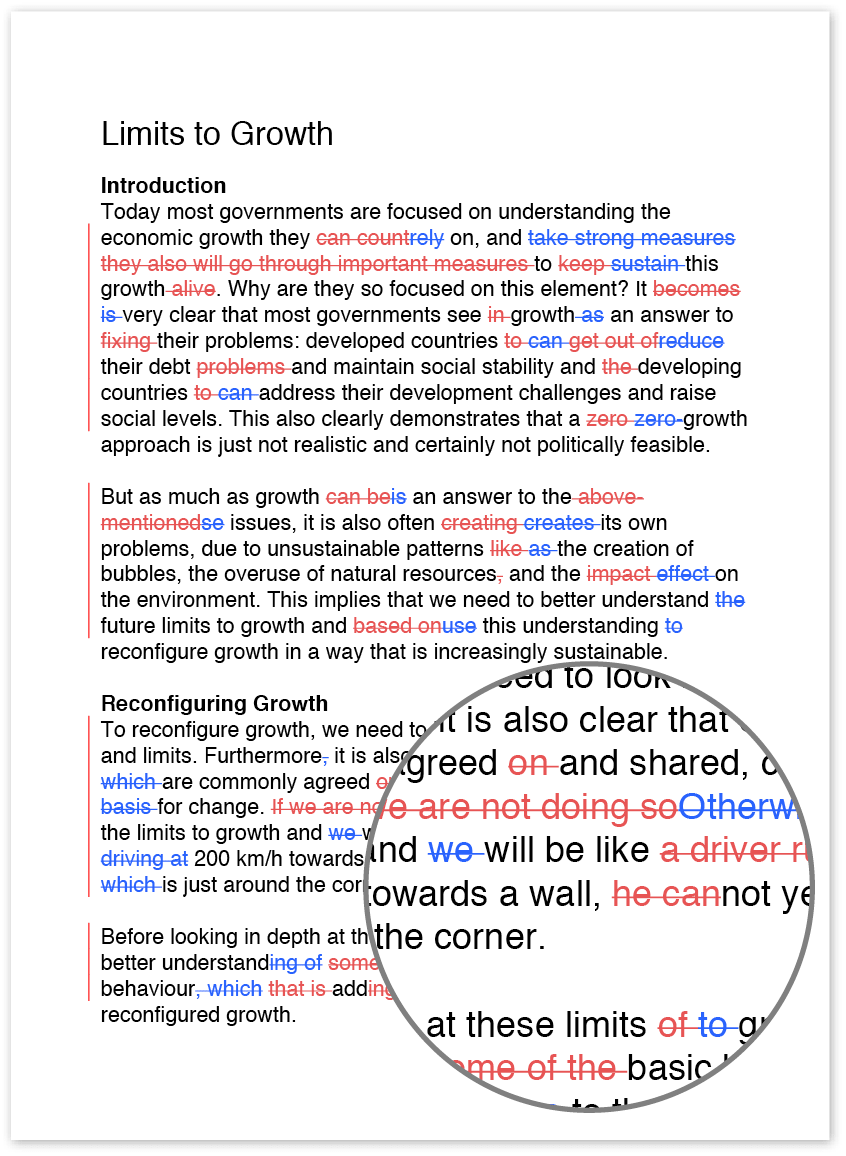Write a great CV
While many people view a CV and a resume as the same thing, they are different types of documents. A resume is generally a shorter document that presents highlights of a career, and a CV is a complete listing of professional achievements and work.
CVs are generally used for academic or scholarly positions, and as such, they include full lists of a person’s education, professional experience, publications, committee work and other work. Since they cover such a large amount of information, the idea of creating a CV can be intimidating. However, you can follow the steps below to create a great CV that shows you at your professional best.
Gather your information
A typical CV includes the following sections: your name and contact information; your educational history, including schools, degrees and dates of enrolment; your employment history, including the names of institutions for which you’ve worked, your titles, your dates of employment and your professional responsibilities and achievements; publication and research history; and your committee memberships and other institutional service.
With this list in mind, begin gathering information to help complete each section. You don’t want to have to stop every few minutes to go look up another date or find publication information. Note that today, including information such as your age, marital status and family status is not necessary since employers should not base employment decisions on such information.
Likewise, including hobbies is not recommended unless those hobbies relate to the field in which you work or the job for which you are applying (e.g. listing ‘learning new languages’ as a hobby in a CV for a position that requires traveling around the world may be considered appropriate).
Create your CV
You can choose to either create your own CV from scratch or download a template from an online source, such as the Microsoft office website. Regardless of which option you choose, make sure you completely fill out each section and provide all relevant information.
Note that depending on your discipline, some sections may be more or less important than others. It’s important to ensure that you pay particular attention to those sections that are most important for your field.
As you write, remember to keep your text clear and concise. While your CV should present a complete record of your achievements, you should write about those achievements in a straightforward style. In addition, use the active voice, e.g. ‘My team developed company policies and procedures’, instead of the passive voice, e.g. ‘Company policies and procedures were developed by my team’.
Remember that your CV is a formal document that should convey a professional image; therefore, the use of contractions, informal language, slang or jargon is inappropriate.
The way in which you format your CV is also important. Although you can use a slightly larger font size for your name at the top of the document, you should use a standard font size and font for the rest of the document, e.g. 12-point Times New Roman. Choose a font that is easy to read, such as Times New Roman, Arial, Helvetica or Calibri. You can use bold or italic fonts for section headings, but you should avoid overusing them throughout the document. You should also use standard margins instead of making the margins too narrow or too wide.
Check your work
Now that you’ve gone to the trouble of creating your CV, double check your work to ensure that the information you’ve provided is accurate and that no spelling, grammar, punctuation or formatting issues are present. When an employer reviews your CV, the presence of such errors can lead to your application being dismissed without further consideration. It may help to have someone else look it over to make sure you haven’t missed any errors.
Keep updating your CV
Once your CV is complete, you may think your work is done. However, it’s best to continually update your CV with new professional experiences, publications, research and achievements to avoid having to do so when you’re ready to apply for a new position. It’s much easier to update your CV with new information as you go than to update it with 10 years of new experience when you’re facing an application deadline.

